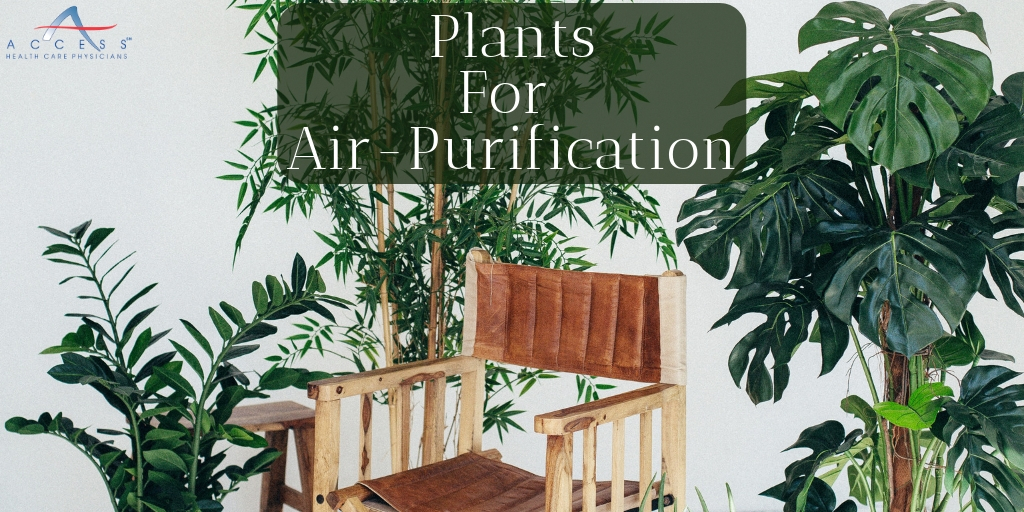Indoor air quality should be a concern for all of us, due to the amount of time we spend indoors. Poor circulation, synthetic building materials and even our carpets may carry pollutants and chemicals that contribute to poor indoor air quality.
Beginning with a study by NASA in 1989, scientists have discovered that plants have the ability to reduce the levels of toxins in the air. According to the NASA report, two or three plants in 8-10 pots are recommended for every 100 square feet.
Here are a few choices:

Removes carbon monoxide, formaldehyde, benzene, trichloroethylene & more
NASA claims this is the number one plant for indoor air purity. This fast growing plant looks beautiful in hanging baskets and cuttings are easy to propagate in water in just a few days. Depending on the variety, they may prefer bright light or low-light.
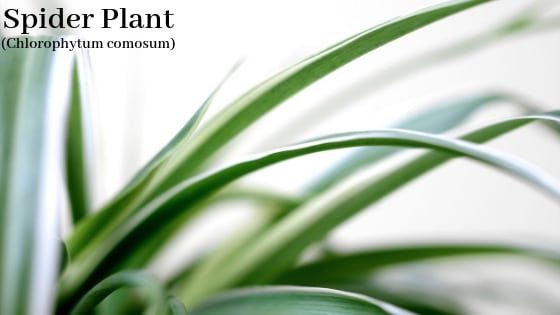
Removes formaldehyde & xylene
Have you struggled to establish your “green thumb?” This may be a great choice for you. This group of more than 200 species grow quickly and survive in indirect sunlight. They are excellent for any indoor space, including your office space.

Removes benzene, carbon monoxide, formaldehyde, trichloroethylene, xylene & more
Beautiful for large, open spaces, these palms are super-powered air-purifiers. They like bright, filtered light and extra water (2-3x/week) during the warmer months, with less during the winter.
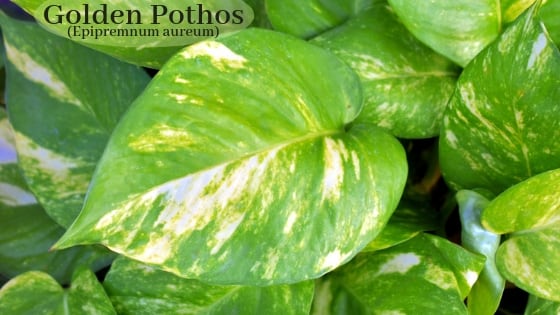
Removes formaldehyde, xylene, toluene, benzene, carbon monoxide & more
Also known as Devils Ivy, this nearly-indestructible plant looks beautiful in any indoor space. The long tendrils of this plant can be trimmed to keep it suitable for small spaces, or left long and flowing. Simply water when the soil is dry. Better Homes and Gardens lists one species as Harder to Kill than Keep Alive!
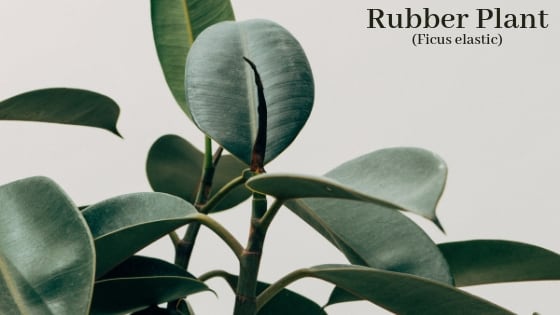
Removes carbon monoxide, formaldehyde, trichloroethylene and more
These evergreen trees originated in India. They love bright, filtered light and a weekly watering in the summer time. (Cut back to every other week during the winter.) These plants have beautiful, interesting root formations.
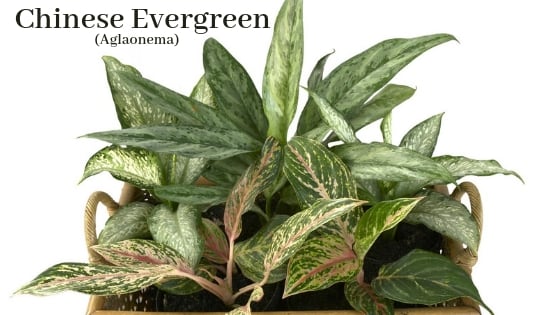
Removes benzene, carbon monoxide, formaldehyde, trichloroethylene and more
These plants may require a little extra attention, but their beautiful colorations, patterns and benefits to air quality make them well worth the effort. They enjoy high humidity, well-drained soil and medium to low light conditions.
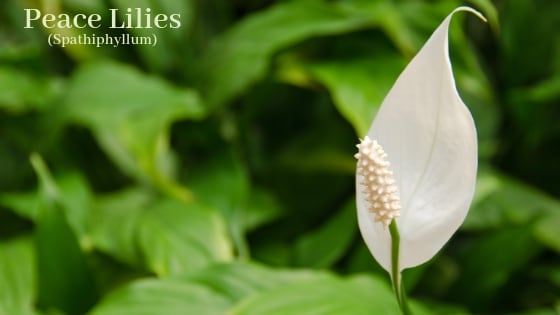
Removes formaldehyde, benzene, trichloroethylene, xylene, ammonia and more
NASA lists these as one of the top choices for household toxins. They like medium to bright filtered light and slightly moist soil. Fertilize in the spring with a slow-release fertilizer to help promote their beautiful signature white blooms.

Keep in mind that if you have children or pets, you should be extra cautious about which plants may be toxic or harmful to the littlest and furriest family members. The ASPCA has a wonderful resource to aid in your decisions, just click here: ASPCA Poisonous Plants Resource Page
In addition to pet & child safety, adding multiple plants to a confined space can also increase the overall humidity in the space, which can promote the growth of mold. This is preventable by ensuring the plants are not over watered, allowing them to drain into trays or pans and adding gravel or moss to the top of the soil.
Plants are not only a great and energy efficient way to help improve indoor air quality, they have also been shown to benefit mood, reduce stress and enhance concentration and productivity.
There are also a few other precautions you could take in your home to help improve overall air quality
- keep floors clean
- increase air flow and ventilation
- avoid synthetic air fresheners
- reduce humidity in the home
- change air filters regularly
Toxins are all around us in our homes and workspaces and are often unavoidable. You can begin to help reducing the toxins in your air by adding a few plants at a time to enjoy cleaner air and beautiful color throughout your home and workspace.
Make sure to follow us on Facebook and Instagram for more fun & informative content like this.
Written By: S. Campbell for Access Health Care Physicians, LLC.
